What is Moschus-Musc-Musk-Musk ??
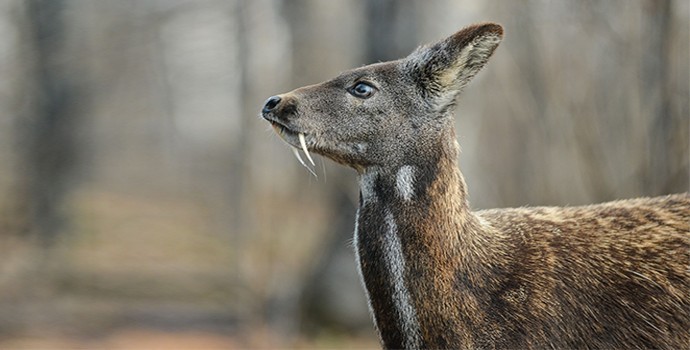
Natural musk or musk (you can also find the English name musk, or French Musc) is a pungent-smelling substance that comes from the seminal vesicles of Kabar musk. Kabar belongs to the deer family and lives in the high mountain areas of Central Asia, ie in India, Pakistan, Tibet and China.
The amount of musk produced depends on the age of the male and also on the season. A pouch the size of a smaller walnut can contain up to 50 g of this substance of greasy consistency. Musk is usually excreted from the sac in the form of grains, balls and lumps the size of a pea. Musk is reddish brown and darkens to black over time.
Moshus, Musc, Musk, are all labels for these secretions of glands from animals, such as the aforementioned Kabar musk, when its pungent-smelling substance is produced by males, when they mark their territory in this way. Aphrodisiac effects are attributed to this substance, structurally similar to pheromones.
Since in the past, obtaining this rare substance was possible only by killing Musk Kabar, their hunting almost led to the extinction of this species. Therefore, since 1979, this hunting has been banned and Muskrat cabarins are protected as an endangered species. Only musk harvest or semen collection without killing the animal is allowed. Unfortunately, this practice is not very widespread, so natural musk is often replaced by artificial musk.
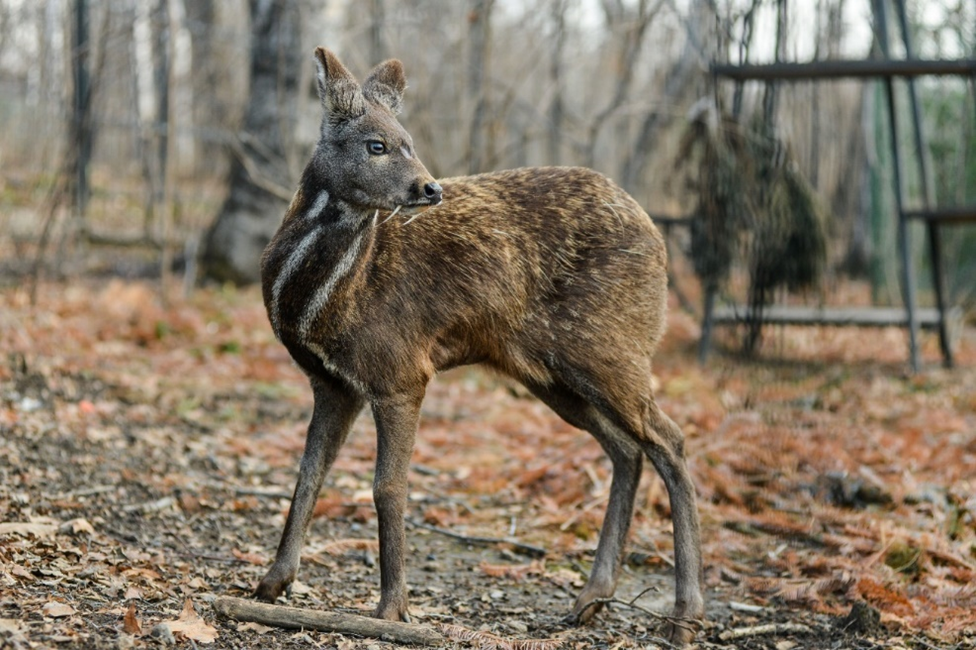
Musk in perfumery
In the production of perfumes, musk is highly valued for its excellent fixing properties. This musk was widely used especially in the perfume industry, where it was used as a so-called fixator to extend the durability of the scent. Its aroma is perceived as sweet, creamy or powdery. Perfumes with a higher Mosus content resemble the "scent of purity"
Polycyclic and macrocyclic musks have been developed in search of substances that are as similar as possible to natural musk.
Polycyclic musk began to be used in modern perfume production.
Macrocyclic musk is made from plants and very closely mimics the natural scent of musk, but its production is relatively expensive. It is also interesting that about half of the human population does not feel or perceive macrocyclic musk.
Plants can also be a source of musky scent, such as Musk hibiscus, where its seeds give off a similar scent.
Also Angelica Argophylla
Musk jugs of the genus Mimulus, which include a wide range of aromatic substances with a similar odor, despite their often different chemical structures and shapes of molecules. Perfumes usually combine several types of musk.
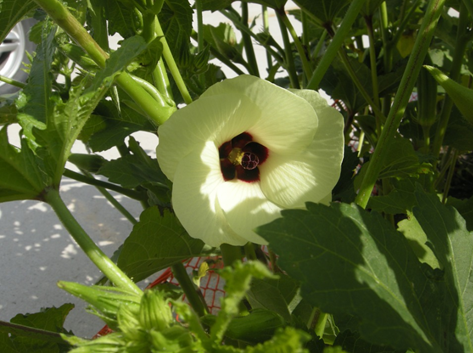
Musk hibiscus
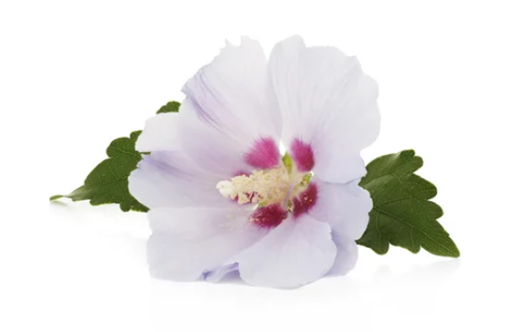
Musk hibiscus
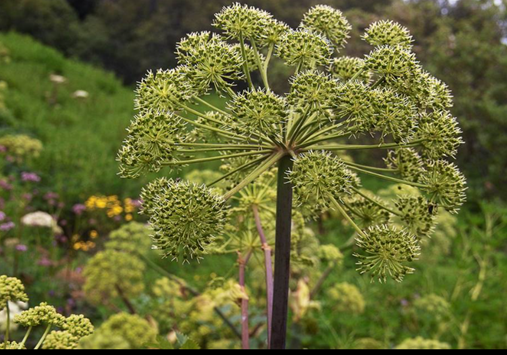
Angelica Argophylla
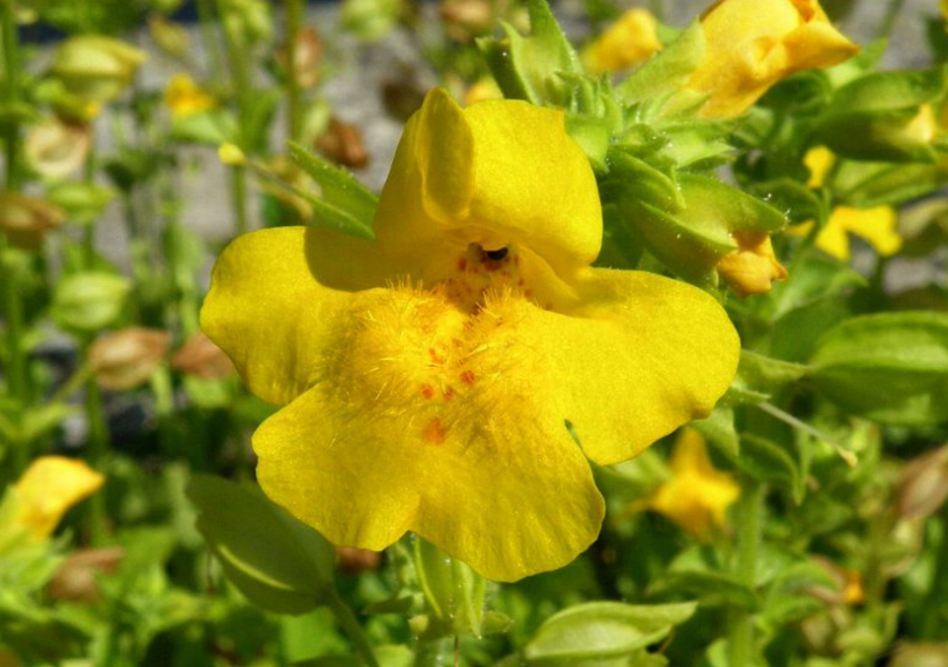
Mimulus
Natural musk was widely used in perfumery until the end of the 19th century, when economic and ethical reasons led to the creation of synthetic musk, which is now used almost exclusively.
Synthetic musk substitutes are manufactured industrially, eg on the basis of nitroaromatics (xylene musk), polyaromatics.

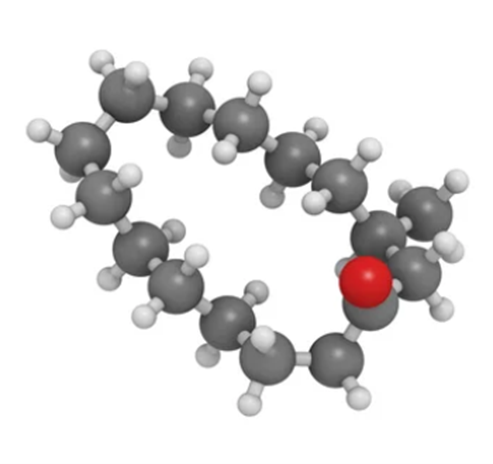
Muskrat
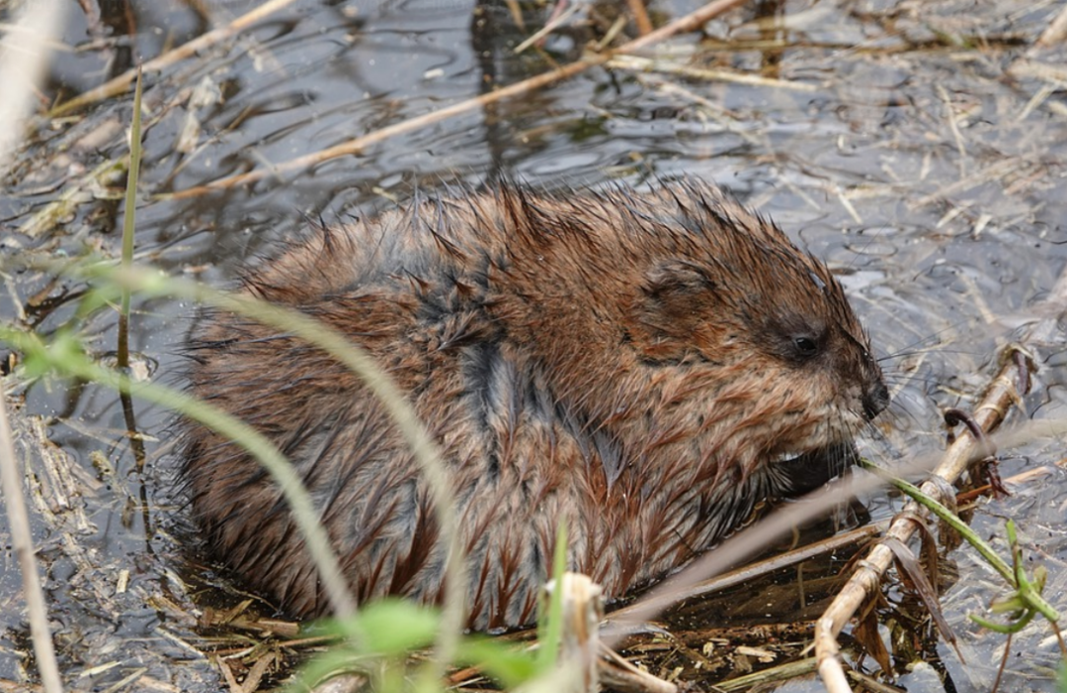
A similar substance (so-called "fake musk") is excreted by other animals. Muskrat has been known since the 17th century to produce sexual musk secretion - a substance with the scent of musk. Muskrat (Ondatra zibethicus) is a mammal of the hamster family. He was introduced to Europe from North America in the early 20th century. It is an aquatic mammal that inhabits rivers, lakes and ponds throughout the Czech Republic, except for the highest mountains.
The northern musk
ox, also known as the eastern musk ox (Ovibos moschatus), is a large animal that is perfectly adapted to the severe frosts of the high north

Cibetas
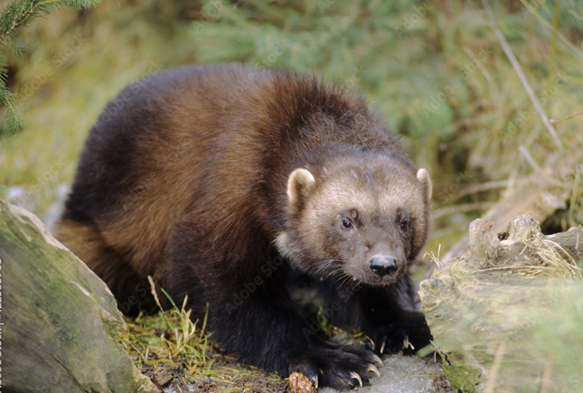
Cibet civetis a foul-smelling substance secreted by Cibetas from the olfactory glands lying at the genitals. It is produced by both males and females.
Cibet excludes several members of the civet family. Among them, for example, the African civet (Civettictis civetta), the Asian Cibet (Viverra zibetha) and the small civet (Viverricula indica). Most of today's production is concentrated in Africa, where civets are kept in cages. African civet produces about 3-5 g of civetop per week. In 2000, the price of civets was around $ 500 per pound.
Cibet is a soft semi-liquid substance. When fresh, the color is yellowish. When exposed to light, it gradually turns brown and the consistency changes to pasty. Its aroma is very strong, even repulsive in concentrated form, but when diluted it is pleasantly and sweetly aromatic. For use in perfumery, it is extracted with solvents. The final product has several forms according to concentration and consistency.
Duck - Muskrat
(Cairina moschata) is a South American species of duck. It was domesticated in Mexico and South America before the arrival of Europeans. The domestic muskrat (Cairina moschata f. Domestica) was produced by domestication, which differs from the wild ancestor by its greater weight and white or mottled coloration.
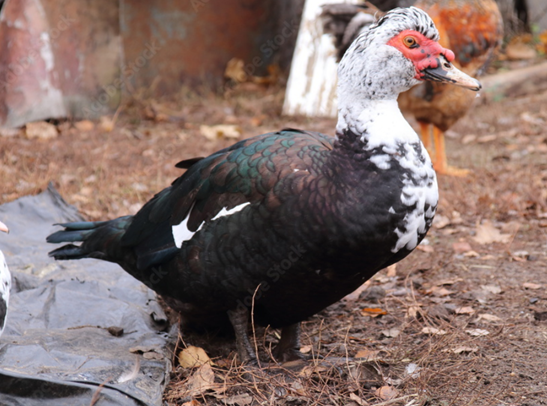
Amber
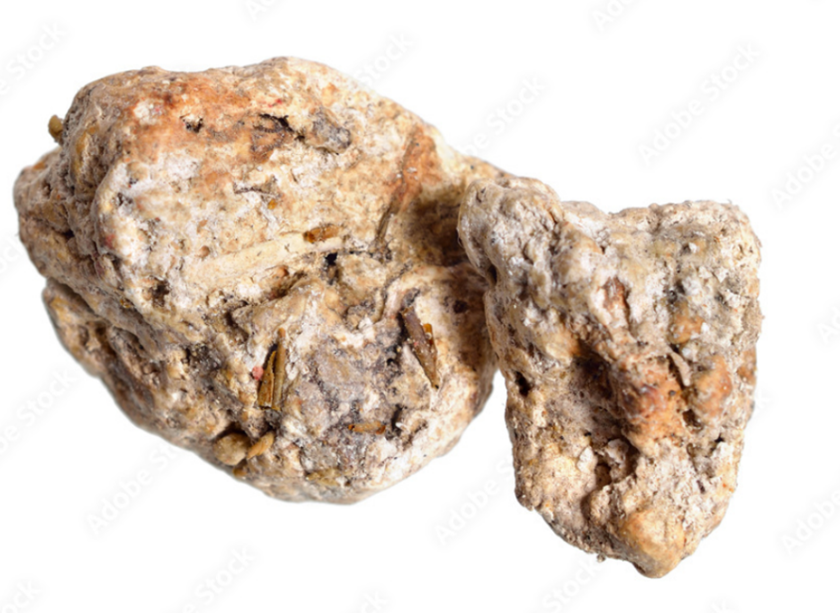
is a solid, waxy substance that is formed in the digestive tract of sperm whales. One of the assumptions is that it helps to digest crackers. On the contrary, there is a hypothesis that the sharp beak of the consumed snail settled in the intestine of the whale leads to the production of amber. Sometimes it is expelled from the body of the whale along with the droppings and floats on the surface like a large, gray-black tuft, or it can also be found as a sediment on the rocks.
Fresh amber smells unpleasant, but as it gets older, the aroma changes to pleasant and earthy. Its color changes from gray-black to orange-yellow to amber. Although it has mostly been replaced by synthetic materials in perfumery, it is still highly valued and very well paid.
Read also
- visibilityScents, perfumes and herbs in antiquity
- visibilityHow to become a millionaire on vacation ?? Do you think that it is possible?
- visibilityWhat is the most expensive spice in the world that is used in perfumery?
- visibilityWhat is RIGHT AMBRA, GRAY AMBRA, AMBERGRIS?
- visibilityAmber also known as Crystal… What is Amber?
